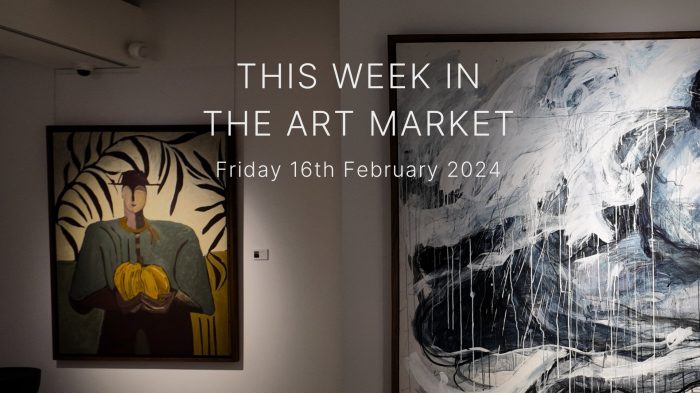Interest in art has grown rapidly in the last couple of decades in large part thanks to the rising middle classes of countries such as China and India, not to mention the opening of access to view online. The purchasing of art that may have once been limited to only a view has seen a seismic shift due to the number of private museums and the opening of the art world through digital channels.
By no means are private collections just wealthy people flexing their extended wealth and showing off. There is a great number of philanthropists and organisations that actively source art with the main focus to put on the pieces on show all around the world for people to enjoy.
When you look at some of the most famous paintings that are “stashed in private hands” such as ,’Prince Baltasar Carlos on horseback’ by Spanish painter Diego Rodríguez de Silva Velázquez in 1636; ‘Judas returning the 30 pieces of silver,’ by Rembrandt as early as 1629 and ‘Self-portrait with a bandaged ear,’ by Van Gogh – all of these are hidden behind closed doors, and only loaned out on exhibition on occasion.
There are increasingly prohibitive measures for works of fine art, or masterpiece quality to be held in private hands, behind closed doors and collecting dust. It is also worth mentioning that even the largest of museums and galleries are certainly not all publicly owned. They are often run and funded by foundations and generous donations, who at their discretion, buy and sell works as they see fit to meet the needs of the facility.
Running private museums, galleries and collections is by no means a short-term play to hide a little money, is a labour of love due to heavy costs, prohibitive legislations not to mention the value of not only the art, but their irreplaceable nature.
Three of the most impressive such galleries, a must-see on any collector’s travel plans are:
- Rubell Museum in Miami Florida is a stunning exhibition of a family collection of contemporary art starting out in the mid 1960’s. The art world really started taking notice though when they moved location into a re-purposed DEA warehouse and showcased their vast collection for the public to openly view and enjoy.
- Leeum, Samsung Museum of Art, Seoul, opened in 2004 by the Samsung Foundation, boasts a collection of art that pays homage to not only the past and the present, but most excitedly the future.
- Glenstone is located in Maryland USA, and has a staff of over 130 curators, experts and groundskeepers, all guided by the personal vision of its founders billionaire industrialist Mitchell Rales. Glenstone assembles post-World War II artworks of the highest quality that trace the greatest historical shifts in the way we experience and understand art of the 20th and 21st centuries.
While masterpieces, where possible, should be put on display in public collections for all to see, the stark reality is that private collections, and private galleries are the cornerstones of the art world into the future. With ‘new money’ arriving through especially the tech & resource sectors, classic art pieces are being snapped up, and not shared with the public, rather enjoyed by a select few.
By supporting private museums and collections, the art world can better preserve works of the past, and support many more into the future. For more information on art, private or public collections, investing opportunities or art events during and post COVID-19 restrictions, online or in-person as is allowed, contact Art Works today.








